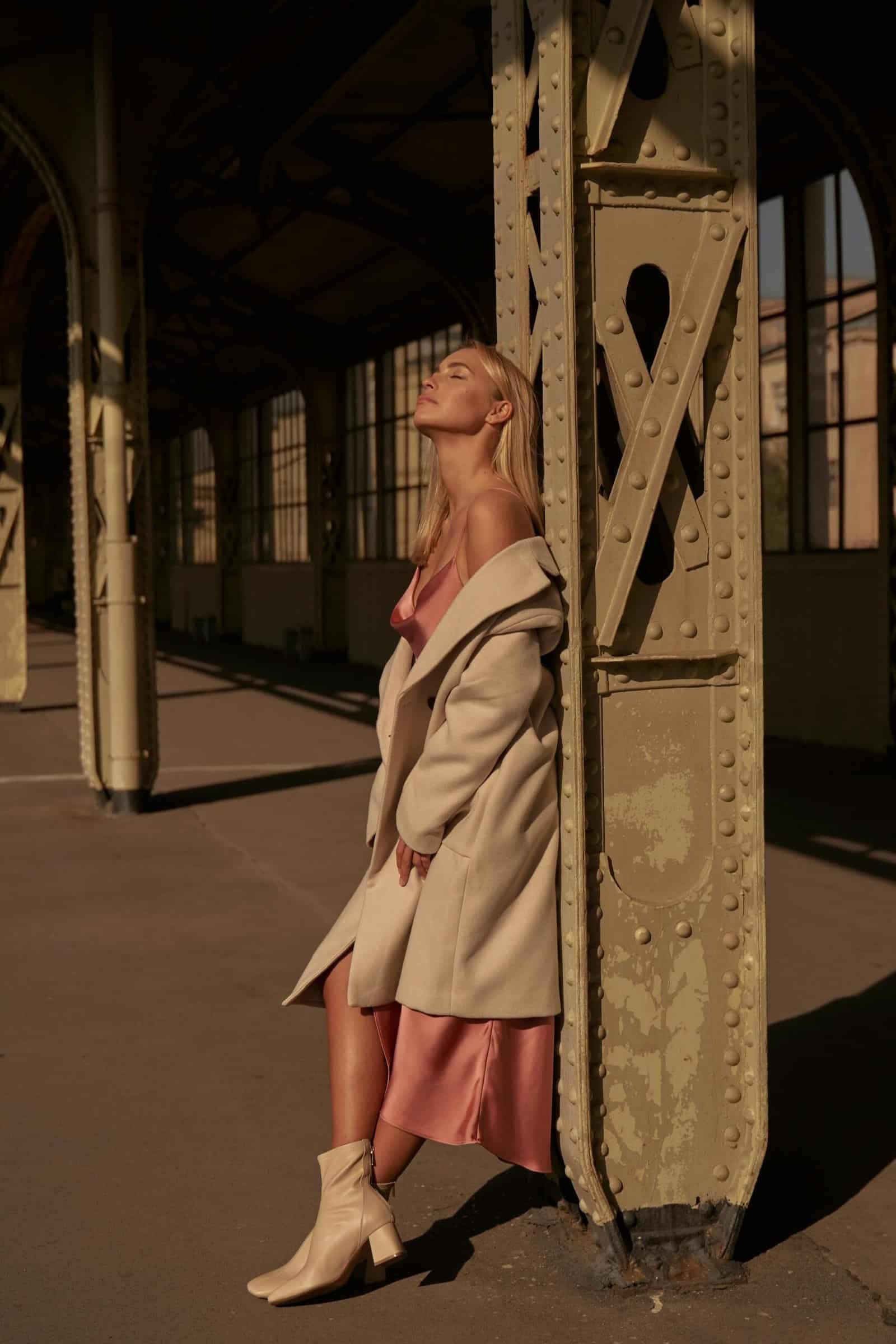From a social faux pas to a style statement, being “fashionably late” has evolved in modern culture. This fascinating trend of coming after the set time instead of on time goes back to the late 90s fashion scenario and continues to influence contemporary style and behavior. The term “fashionably late” became more than just a tongue-in-cheek reason for tardiness, but rather developed to symbolize self-confidence, nonconformity, and even the need to be noticed.
The Appearance of “Fashionably Late” in the Late 90s
To examine the way in which fashionably late emerged as a culture, there is a necessity to look into the late 90s style and the social movements of the time. Late 1990s fashion was a great crossroads for pop culture, merging all the excitement about music, youth, and fashion toward a definition of norms. With the late 90s being very much on board with all this, style started to move on from more defined expectations. So, one has to keep a closer eye on the trendier side of everything, moving out of set principles and even bordering defiance on life and fashion. This shift can also be traced back to earlier influences, such as 1920s mens fashion, which had its own distinct rebellion against formality, laying the groundwork for later fashion movements. The 1920s represented a pivotal moment for men’s style, with its loose, relaxed cuts and a move away from the rigid, structured looks of the previous decades. Similarly, the late 90s embraced this sense of liberation, encouraging a more fluid and expressive approach to style.
Late 90s Fashion: Confidence and Control
The late 90s were a time when people didn’t just dress to impress; they dressed to express control over their image and time. The children fashion late 1990s trends were a mix of casual yet edgy looks, often emphasizing personal flair over adhering to societal expectations. Think baggy jeans, oversized jackets, and graphic tees paired with bold accessories. The aesthetic was a departure from the more buttoned-up fashion of the early 90s, giving people the freedom to stand out.
For kids fashion in the late 1990s, comfort was not less important than style, with colorful, playful designs all mixed in with the same rebellious vibe that characterized adult fashion. Now, of course, the late 90s were a very critical moment of how fashion could communicate your personality. If you were running late, it wasn’t a mistake-it was a statement. Now, running late is tied in your head to being too in demand to possibly fit within the strictures of time.
From Social Faux Pas to Cultural Trend
Fast forward to the present time, and “being fashionable late” has blossomed into a style that’s not just in clothing but now in the consciousness. In days gone by, a man would be considered rude for arriving late at an event, whereas nowadays, he might be honored with the same status. This shift echoes the late nineties fashion movement, where individuality and nonconformity started to make their mark. These changes are all part of far more significant shifts in society whereby individuality and nonconformity are the rallying cries.
Today, being fashionably late is part of a larger culture of self-expression and confidence. It’s a way of saying, “I control my own time and space,” much like the laid-back yet assured attitude of the late 1990’s fashion. Whether it’s at a party, a concert, or even a business meeting, showing up late with style can signal power, nonchalance, or simply a desire to make an entrance.
Lasting Impact of Fashion in the Late 90s on Modern Culture
The influence of children fashion late 1990s has not only persisted in clothing styles but also in how we think about time and presentation. From late 1990’s fashion influencing current streetwear to the ongoing revival of nostalgic trends like chokers and platform shoes, the late 90s continue to shape how we express ourselves. This era’s fashion laid the groundwork for many modern trends that blur the lines between casual, formal, and everything in between.
There is also the more relaxed rebellion of the late 90s, which has left a mark to this day. The nonchalance of wearing oversized clothing, pairing different styles without care about “matching,” and prioritizing comfort over convention finds its way into how people manage their schedules. Now, late fashion arrivals are no longer considered rude or disrespectful; instead, it has become a form of style expression, which marks a certain level of sophistication and confidence.
“Fashionably Late” as a Power Move
However, in the modern word, fashionably late can be a power move. It’s about timing, perception, and making an entrance. Like in the late 90s, style went beyond the clothes to how you carried yourself and, more so, how people perceived you. By arriving fashion late, one tells the world that they are someone whom everyone should wait for.
Indeed, the sting of lateness for one who would enjoy the art of making an entrance can indeed be entirely intentional; one can enter fashion late in a concert or to a room with all sorts of people in social setups, so this is all people’s time to curate. The confidence to be late is very much based on the values that came up during the late 90s fashion trends time when personal expression was more important than fitting into a mold.
Conclusion
Being fashionably late has gone beyond its original context to become a hallmark of modern style. It’s a reflection of the values introduced in the late 90s fashion era—confidence, rebellion, and individuality. From being a cheeky social maneuver, it has evolved into a sort of iconic modern culture that indicates fashion is not only about what you wear but also about how you carry yourself and how you engage with the world. Just as the late 90s gave birth to a new generation redefining the fashion world, it paved its way for a stylish, deliberate, and confident approach to time and presence.
